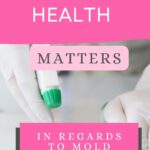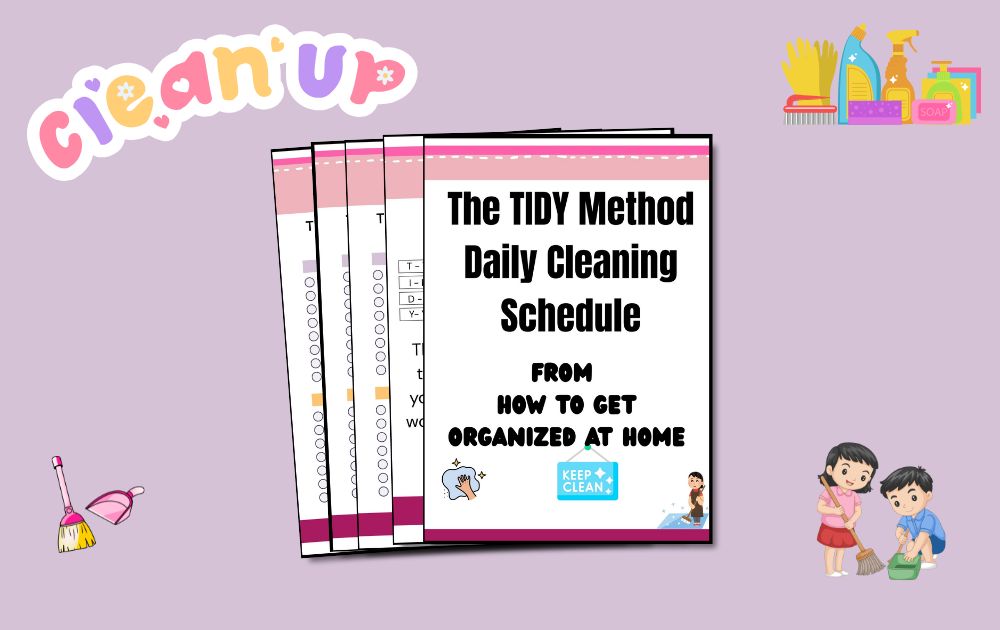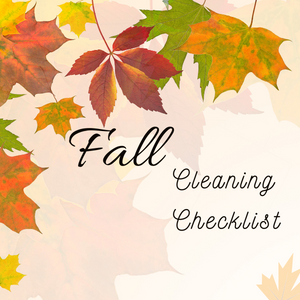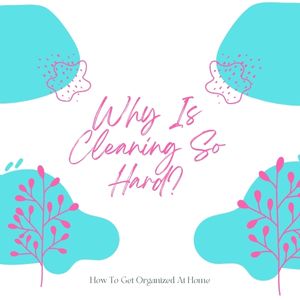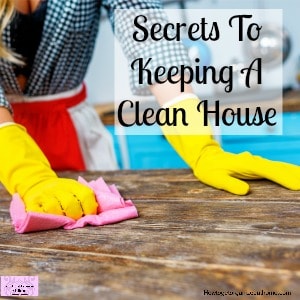Top Tips on Bleach vs. Mold
Mold is a common problem in many homes and is often hard to get rid of.
Bleach is commonly used as a solution to this problem, but it may not always be the best choice. When it comes to bleach vs. mold this isn’t a combination that I would use. I prefer tea tree oil as I know this will kill the mold dead.
There is so much advice it’s often difficult to work out the right mold removal tips from those that aren’t going to work at all.
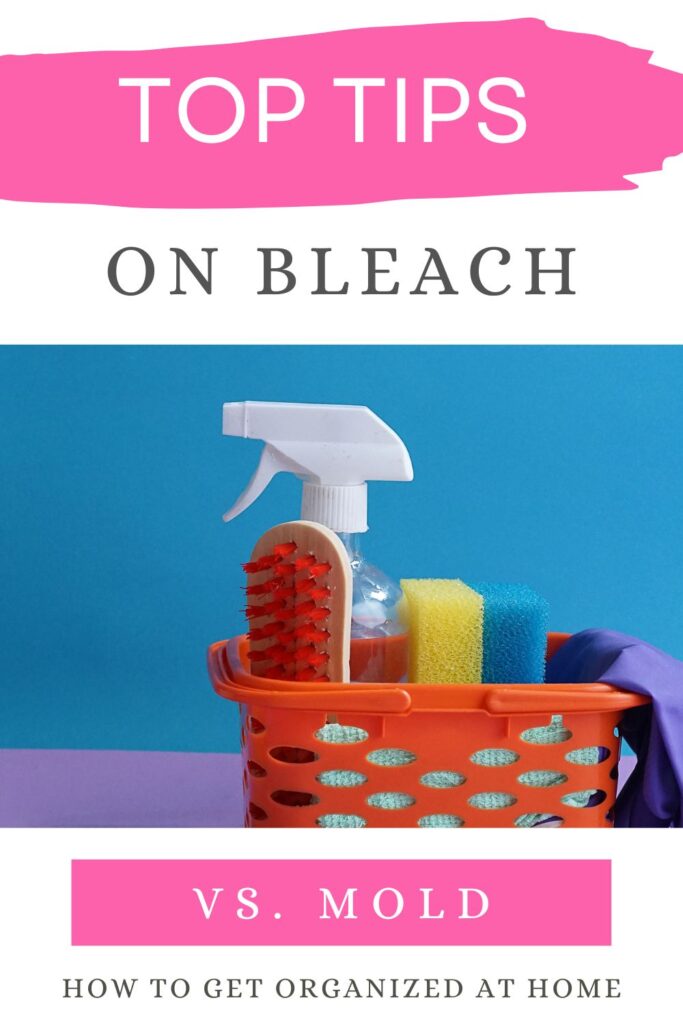
Here are some tips to help you decide which option is best for your situation:
Tips And Advice On Mold vs. Bleach
When it comes to mold I don’t want to risk it coming back again because it hasn’t been killed to the tips of the root.
This is why I don’t use bleach to kill mold, it isn’t effective and it doesn’t actually kill the mold completely.
Bleach can and will remove the color from the mold, giving the appearance that the mold has gone and the issue is over.
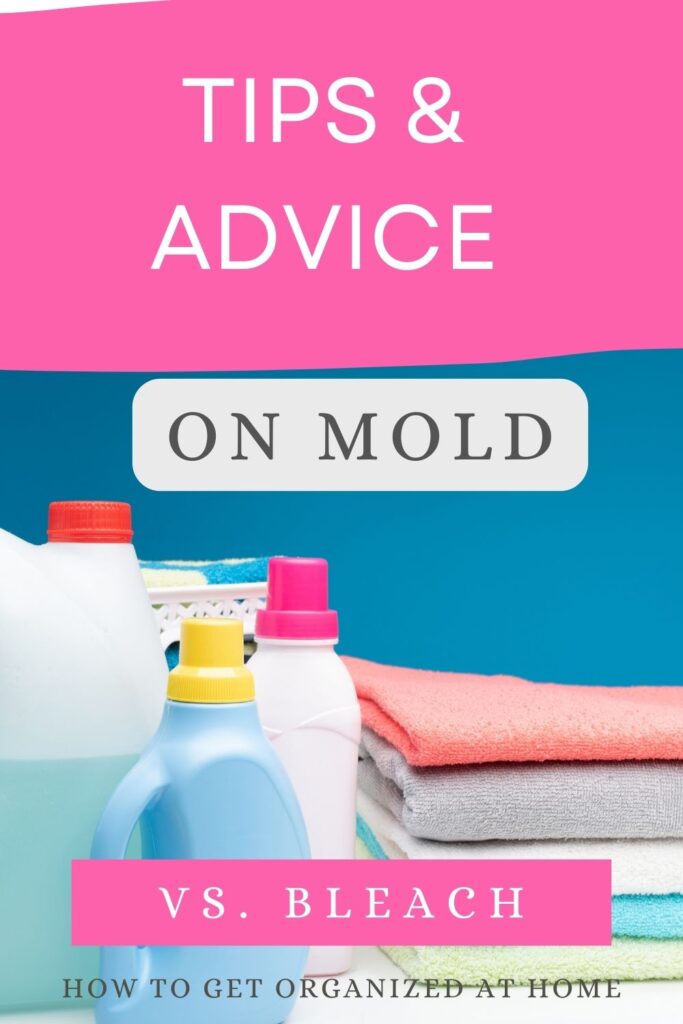
However, this is not the case, it just removes the appearance of the mold, it doesn’t solve the problem.
Affiliate links are included for your convenience. (This means if you purchase after clicking a link I will earn a small commission which won’t cost you a penny more!) Click here to read my full disclosure and privacy policy.
Mold On Porous Surfaces
If mold appears on a surface that the roots are able to penetrate then it’s no good even attempting to use bleach.
This is because the bleach can’t follow the roots of the mold to kill it. This means it’s just going to grow again and again.
Types of surfaces I am talking about:
- Sealant
- Wood
- Fabric
- Paper
- Plastic
If you have mold in these types of materials you aren’t going to get the mold to die using bleach.
Mold On A Non-Porous Material
There are a lot of surfaces where the mold can’t penetrate the surface and this means bleach could kill the mold.
But so too, a microfiber cloth is going to do the same job too, so why add a chemical to the mix?
So on items like:
- Glass
- Metal
- Plastic
The mold roots are unable to penetrate the surface of the material and in this case, it means the mold can be wiped off.
But I wouldn’t want to be the person wiping off mold without wearing some safety gear too.
Your Health Matters In Regards To Mold
You should not attempt to remove mold without taking some precautions.
You want to make sure that you are safe and not exposing yourself to any potential threat to your health.
As a minimum, you should have a face mask and a pair of gloves that will protect you whilst you are cleaning.
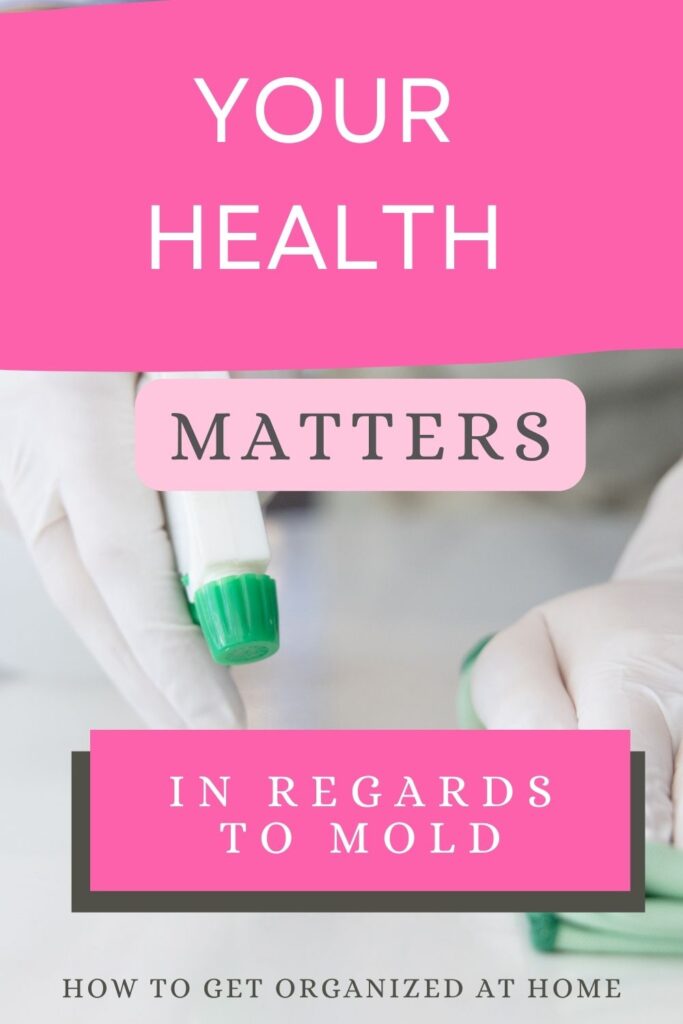
Mold spores can be very dangerous to your health and you don’t want to anciently breathe in a lot of these as you remove the mold from the surface you are cleaning.
Whilst you clean mold use disposable cloths as this will mean you aren’t going to spread the spores to the rest of your washing and perhaps to your washing machine too.
High Humidity Room With Mold
If you have a room that has high humidity, such as the kitchen or bathroom you need to find ways to reduce this level of moisture from the room as the mold spores will just resettle in your home.
You can remove moisture in a number of ways:
- Have a fan installed that extracts the moist air outside
- Use an electric dehumidifier
- Use a non-electric dehumidifier
- Open the window
It’s important to keep the humidity in your home low, things that can rise the humidity apart from the weather are:
- Drying washing indoors
- Little to no ventilation
- Cooking
- Using the shower to run hot water
This humid environment is the perfect place for mold spores to set up a home. Reducing the amount of water in the air will potentially reduce the risk of mold spores setting up home.
Use Ventilation Whilst Cleaning Mold
When cleaning it’s important that one you don’t mix products and two you have ventilation.
You never want to clean in a room without having ventilation as this can lead to a build-up of chemicals in the air and this isn’t good for your health.
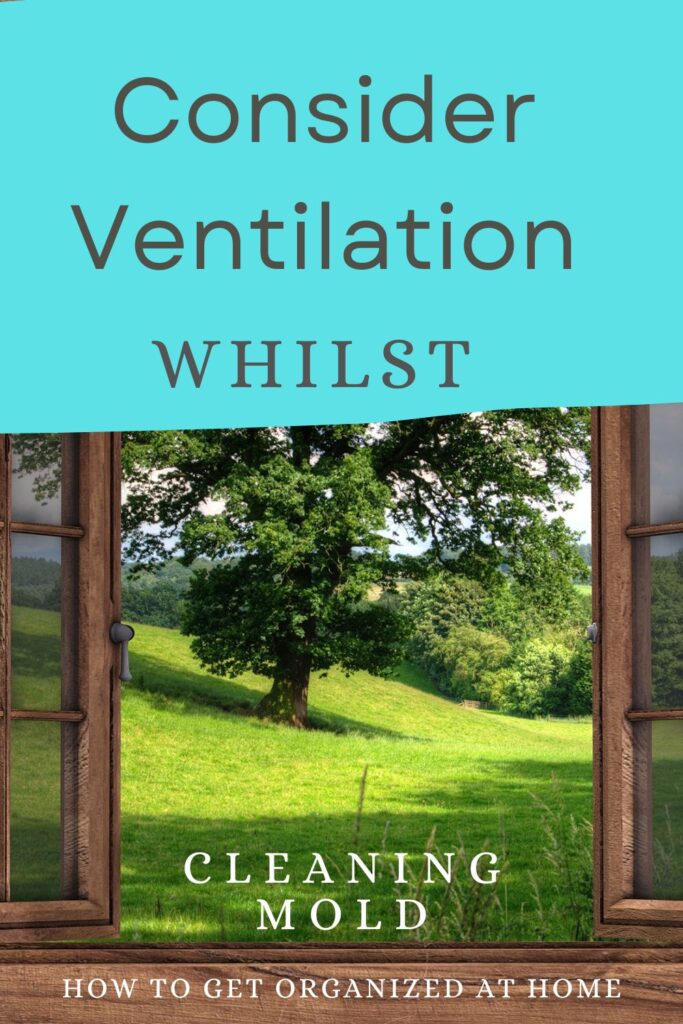
Open a window, and turn on the ventilation. fan, or open a door.
All of these ideas will help you ventilate the room or area you are cleaning to prevent any chemical build-up in the air you need to breathe
Tips For After The Mold Is Gone
If you have successfully cleaned the mold and removed it from an area and you want to decorate you should consider the paint that you are going to have to use to prevent any bleed-through of the cleaned area.
There are some paints that are anti-fungal and will reduce the presence of potential mold returning.
The problem with this is if you haven’t addressed the problem of why there is mold there in the first place nothing you paint on the wall is going to be effective.
Sort out the problem as to why the mold grew and there first before looking for long-term cosmetic results.
More Resources For Dealing With Mold.
When there is mold in our homes finding the right solution is important, here are some more articles on the topic of mold.

